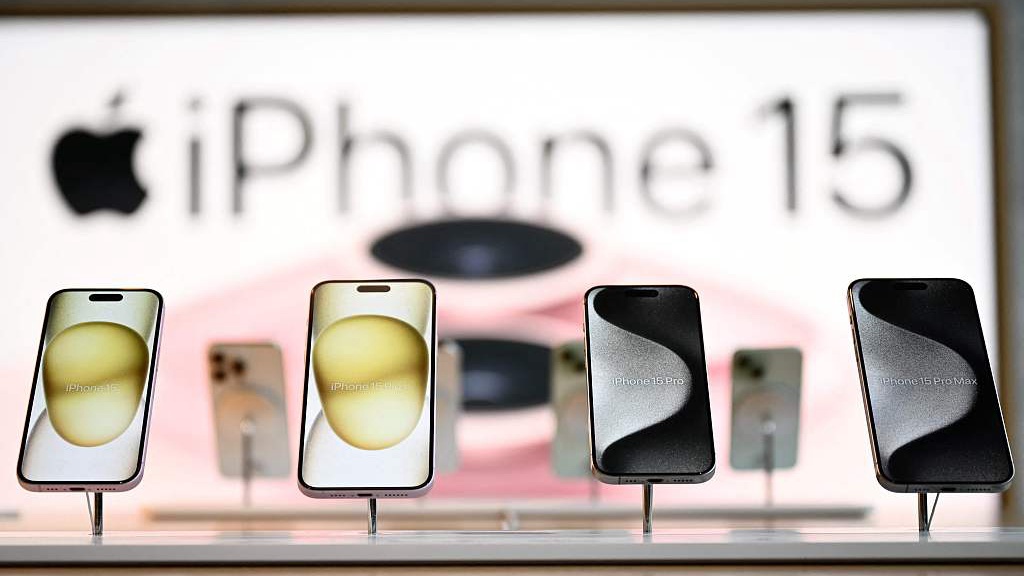Apple Identifies Issues Causing Overheating in the iPhone 15
Introduction
Apple has recently announced that it has identified several issues causing overheating in the iPhone 15. This news comes after complaints from users who experienced excessive heat while using their new devices. In this article, we will explore the reasons behind the overheating problem, the steps Apple is taking to address it, and the impact on the overall performance and safety of the iPhone 15.
Understanding the Overheating Issues
Bug in iOS 17 Software
One of the main causes of overheating in the iPhone 15 is a bug in the iOS 17 software. Apple has acknowledged this issue and is working on a fix that will be included in an upcoming software update. The bug leads to increased background activity, which can result in the device feeling warmer than usual, especially during the initial setup or restoration process.
Third-Party Apps Overloading the System
Apple has also discovered that recent updates to certain third-party apps can overload the system, causing it to heat up. The company is collaborating with the developers of these apps to implement fixes that will prevent them from causing excessive heat. Some of the apps identified as culprits include Asphalt 9, Meta’s Instagram, and Uber. However, Instagram has already resolved the issue with a patch released on September 27th.
Impact on Performance and Safety
Performance of iPhone 15 Pro and Pro Max
Apple has assured users that the overheating issues do not affect the performance of the iPhone 15 Pro and Pro Max. The design of these models, with their titanium shells, actually enhances heat dissipation compared to previous stainless steel models. Therefore, users of the Pro and Pro Max versions should not experience any performance-related problems due to overheating.
Safety and Long-Term Performance
Apple has made it clear that the overheating problems in the iPhone 15 do not pose any safety or injury risks to users. Additionally, the company has stated that the overheating issue will not have any long-term impact on the phone’s performance. This reassurance should alleviate concerns among users who were worried about the potential effects of overheating on their device.
Apple’s Solutions and Future Improvements
Upcoming iOS 17 Bug Fix
The upcoming software update will address the iOS 17 bug responsible for the overheating issue. While this fix will not directly reduce the device’s temperature, it will mitigate the background activity that contributes to the heating problem. Users can expect improved performance and reduced heat generation once they install the update.
Collaboration with App Developers
Apple’s collaboration with third-party app developers is a crucial step in resolving the overheating problem. By working closely with these developers, Apple can identify and rectify issues within their apps that lead to system overload and overheating. This partnership ensures that users can continue using popular apps without the worry of excessive heat generation.
Continued Focus on Design and Heat Dissipation
Apple’s commitment to improving heat dissipation in its devices is evident in the design of the iPhone 15 Pro and Pro Max. The use of titanium shells allows for better heat transfer, ensuring that these models do not suffer from overheating issues. This focus on design and heat management will likely continue in future iPhone releases to provide users with optimal performance and temperature control.
Conclusion
While the overheating issues in the iPhone 15 have caused concern among users, Apple is actively addressing the problem. The identification of the bug in the iOS 17 software and the collaboration with third-party app developers demonstrate Apple’s commitment to resolving the issue and ensuring the safety and performance of its devices. With the upcoming bug fix and the improved heat dissipation in the Pro and Pro Max models, users can expect a more comfortable and reliable experience with their iPhone 15.




